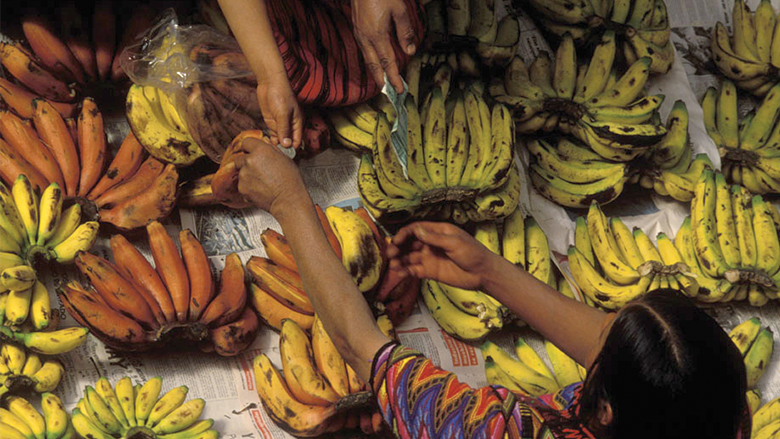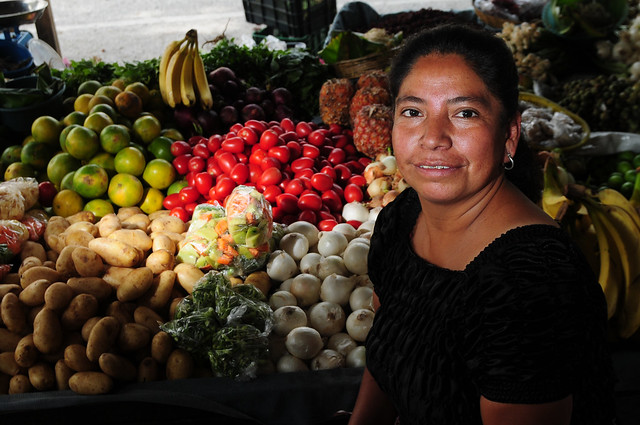Guatemala is the largest economy in Central America in terms of population (estimated at 17.6 million in 2023) and economic activity (with a GDP of $104.4 billion in 2023). The country has experienced stable growth, averaging 3.2% between 2014 and 2023, above the Latin American and Caribbean average, supported by prudent fiscal and monetary management. Growth is projected to reach 4% in 2024.
However, this economic growth has not translated into a significant reduction in poverty. In 2023, it was estimated that 55% of the population lived in poverty, and the informal economy represented 49% of GDP, with 71.1% of the employed population working in the informal sector.
Structural factors limiting access to basic services and productive job opportunities, along with frequent natural hazards and disasters, are key contributors to Guatemala's high poverty levels. These factors have also led to significant emigration, with remittances accounting for 19% of GDP in 2023.
Guatemala's Human Capital Index score of 0.46 (2020) is far below the Latin American and Caribbean average. Human capital indicators are particularly low among indigenous and Afro-descendant populations. The country's child malnutrition rate is among the ten highest in the world, with stunting rates in some of the poorest municipalities reaching nearly 90%.
Extreme weather events and other disasters have also reversed human capital gains, damaged infrastructure, reduced agricultural output, and intensified food insecurity. Hurricanes Eta and Iota in 2020 caused infrastructure-related losses equivalent to 0.56% of GDP and agricultural losses of about 0.20% of GDP.
Despite these challenges, Guatemala has significant potential for growth and prosperity. The country is rich in natural resources, is one of the world's megadiverse countries, and has a rich cultural heritage. Its proximity to the United States offers opportunities for tourism and nearshoring.
President Bernardo Arévalo took office in January 2024, focusing on social and economic investment, anti-corruption efforts, and improving public sector efficiency. His administration is committed to strengthening accountability, improving the business climate, and advancing reforms to address gaps in human development, infrastructure, and economic inclusion.
Last Updated: Oct 08, 2024

